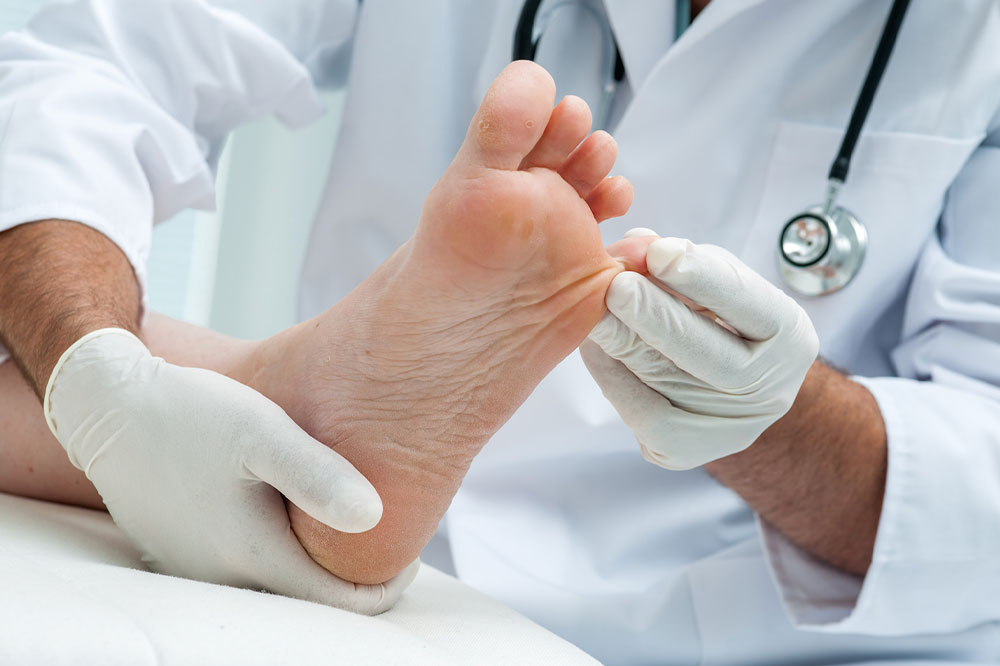
Nail psoriasis – Causes, symptoms, and management
Nail psoriasis is an autoimmune disease causing changes to the appearance of fingernails and toenails. Typically, the condition develops among individuals already grappling with psoriasis. In advanced stages, one may face difficulties with carrying out daily activities. While nail psoriasis may be easily prevented or treated, early diagnosis of the condition can help with timely care and intervention. Healthy lifestyle changes can also contribute to recovery. Here is everything to know about the condition:
Causes
The condition develops when the skin disease, psoriasis, begins affecting the nails. As psoriasis is the key condition here, some triggers are:
Genetic factors: It has been estimated that the heritability of psoriasis is between 60 and 90%. A study found that mutations to the gene CARD14 may trigger the onset of this condition. However, environmental factors also play a major role in determining the development of psoriasis.
Koebner phenomenon: In this phenomenon, an existing site of injury triggers the onset of psoriasis. Studies have shown that the Koebner phenomenon affects 25 to 30% of individuals who develop psoriasis.
Cold weather conditions: Cold weather conditions can aggravate psoriasis symptoms, as this type of weather de-moisturizes the skin, leading to dryness. Excessive use of heaters during winter can also trigger or worsen psoriasis.
High intake of foods rich in trans fats: Processed foods are rich in trans fats, which can increase LDL cholesterol levels. Studies have found associations between excessive levels of trans fats in the body and the worsening of psoriasis symptoms.
Stress: Stress may not be the direct cause of psoriasis, but it can certainly aggravate the situation, leading to flare-ups among those already susceptible to psoriasis.
Symptoms
Nail discoloration: The nails may turn white, pale yellow, or brown among those with nail psoriasis.
Nail pitting: Another common symptom of nail psoriasis is the pitting of the nails, characterized by the development of tiny pits or dents on the fingernails or toenails. People may develop one or several pits.
Onycholysis: This is a condition in which the nail gets dislodged from its nail bed. Psoriasis is among the common causes of this condition.
Grooves: One may also develop grooves or Beau’s lines, which run horizontally across the nails, as common signs of nail psoriasis.
Accumulation of debris: The formation of white debris underneath the nails may also indicate nail psoriasis. Such debris can push the nail upward and separate it from the bed, leading to onycholysis.
Treatment options
Prescription treatment: In case of severe nail psoriasis, doctors may insert prescription treatment in or around the nail to help relieve symptoms.
Laser therapy: Here, a pulsed dye laser is aimed at the blood vessels underneath the nails to manage nail psoriasis symptoms. It has emerged as an effective and non-invasive treatment option for this form of psoriasis.
Phototherapy: Phototherapy involves the use of ultraviolet light from special types of lamps to treat the condition. It helps control excessive skin-cell growth and reduces the formation of debris underneath the nails.
Additionally, a home remedy for the condition is applying aloe vera gel on and around the nails to help reduce inflammation and relieve nail psoriasis symptoms. One should apply aloe vera gel multiple times a day for the best results.




